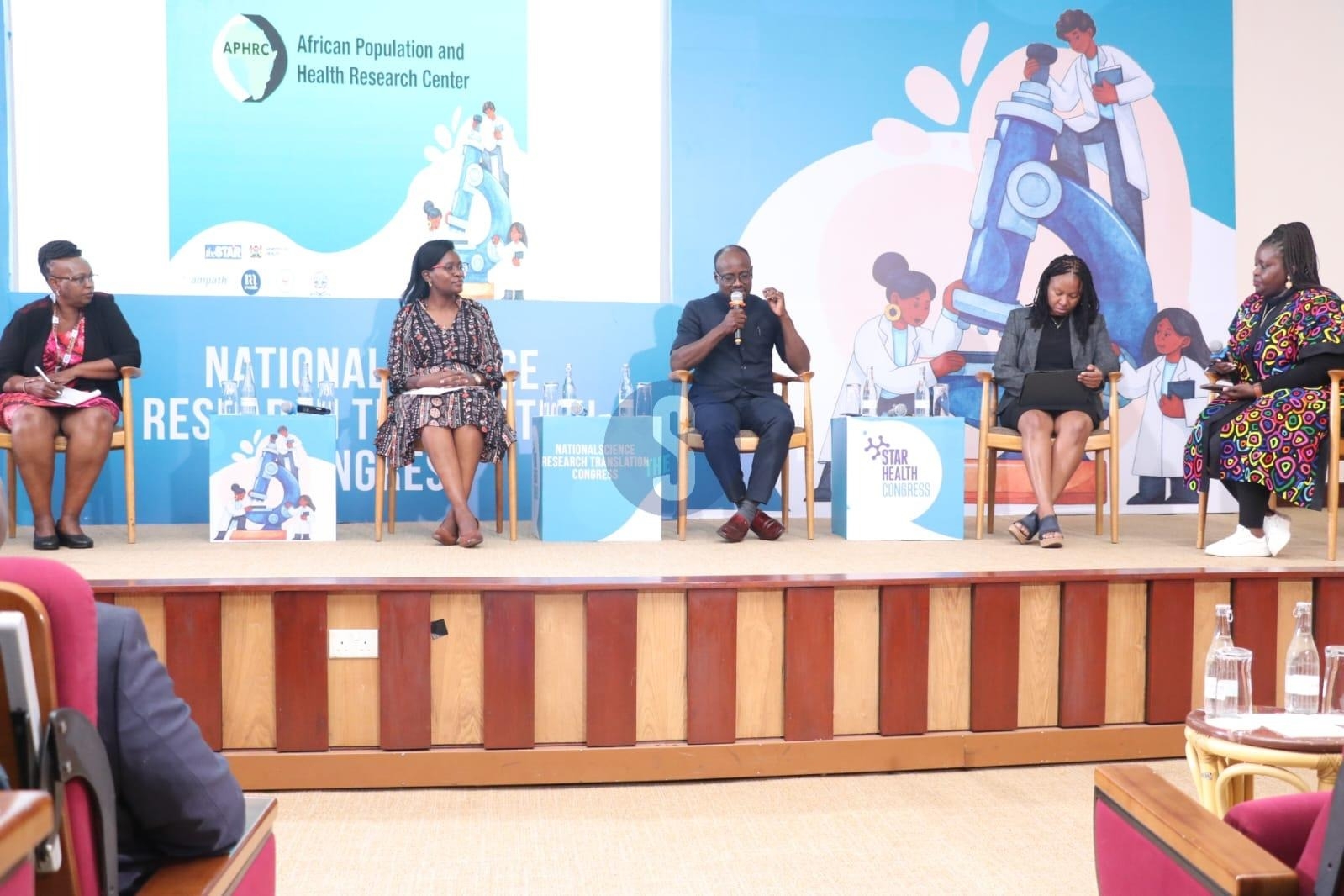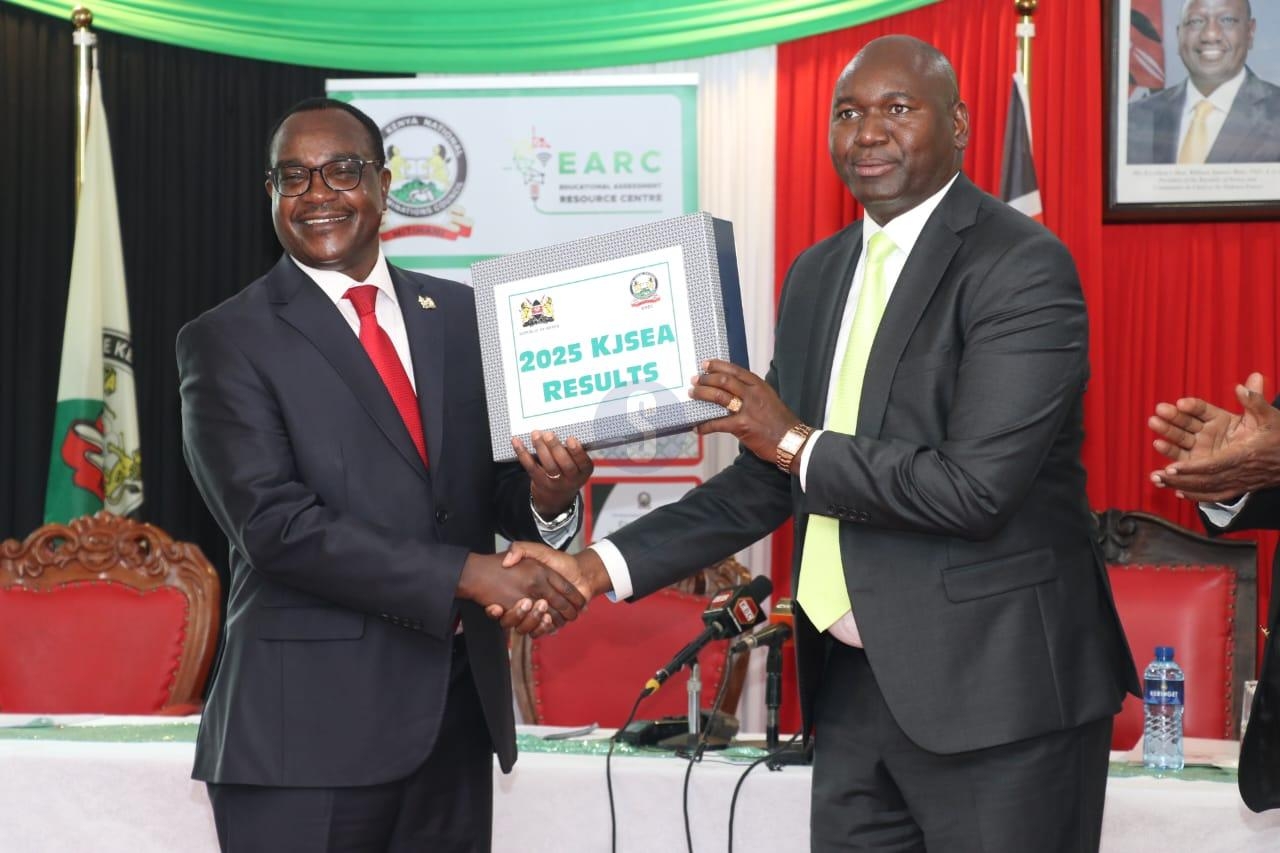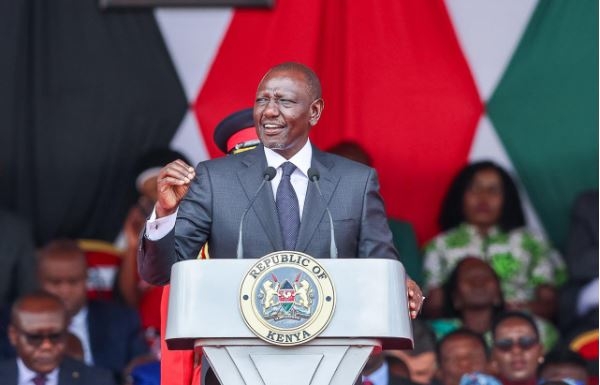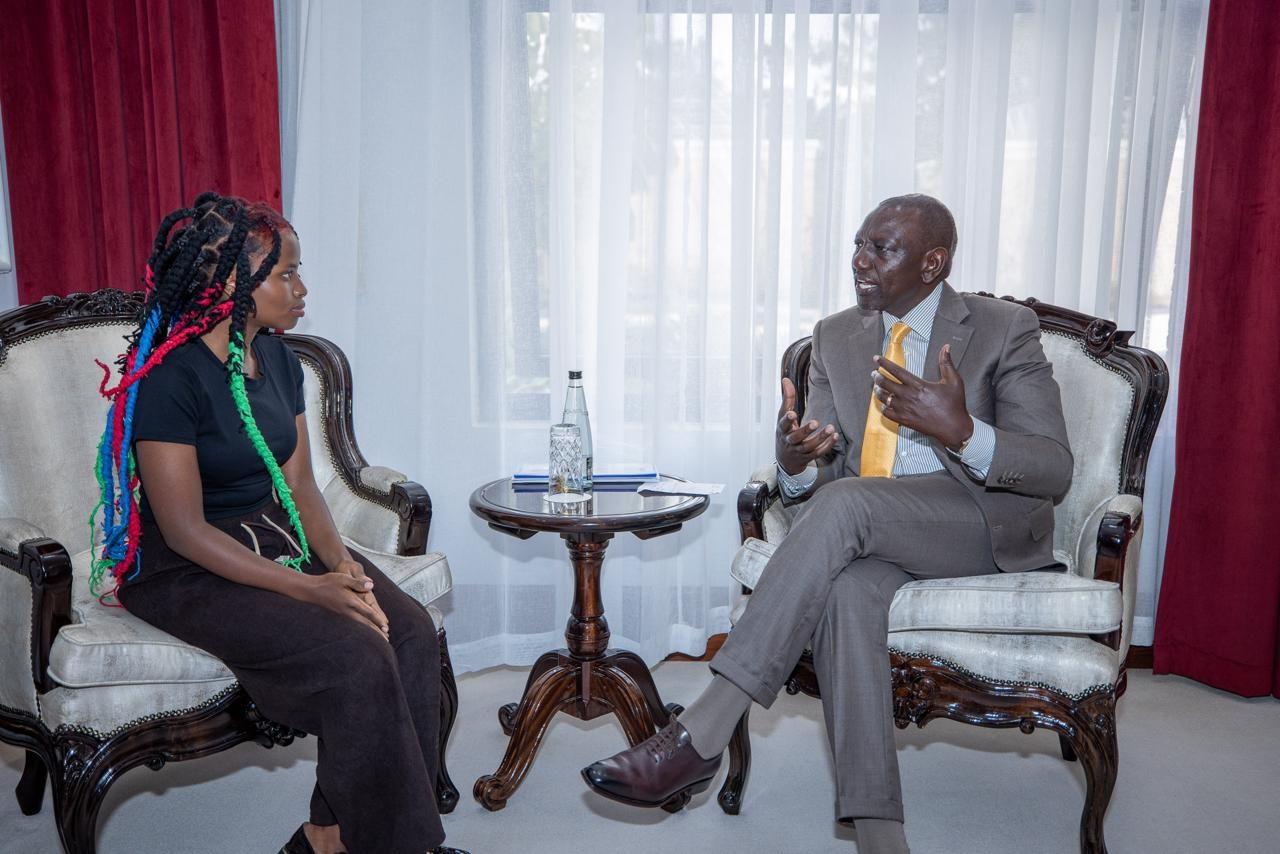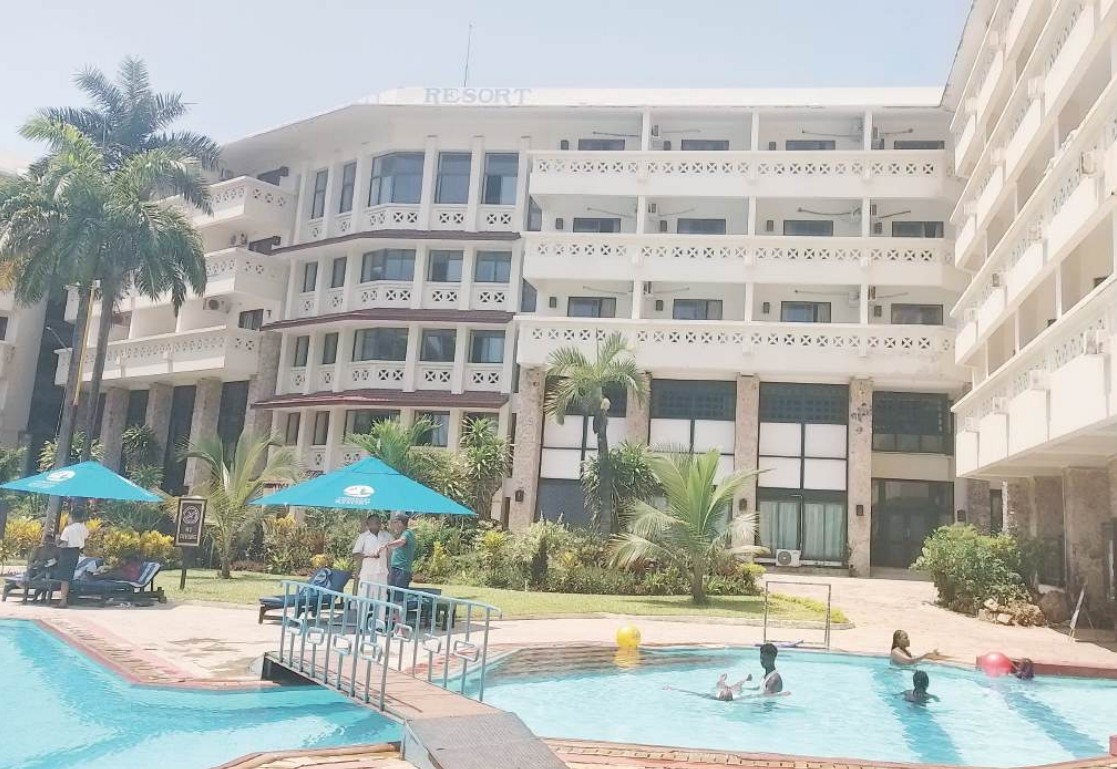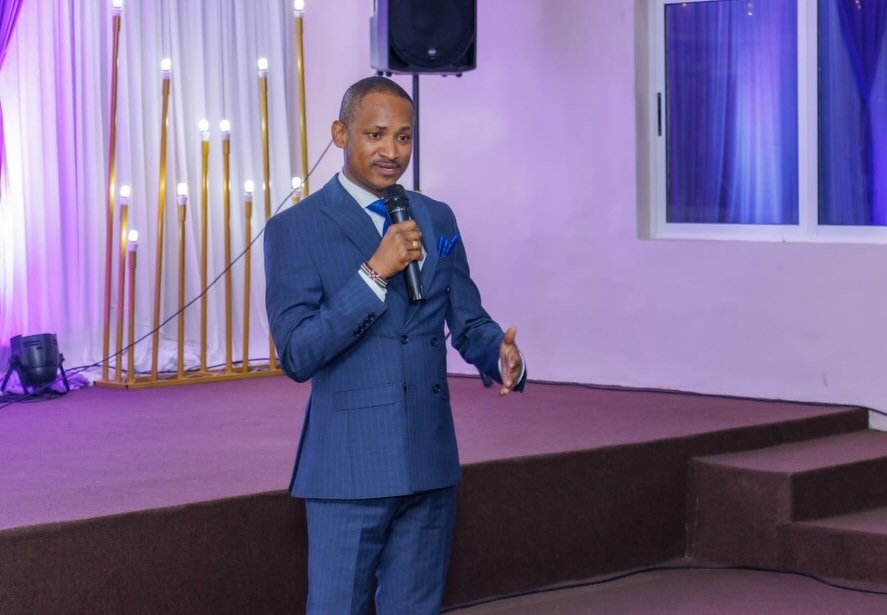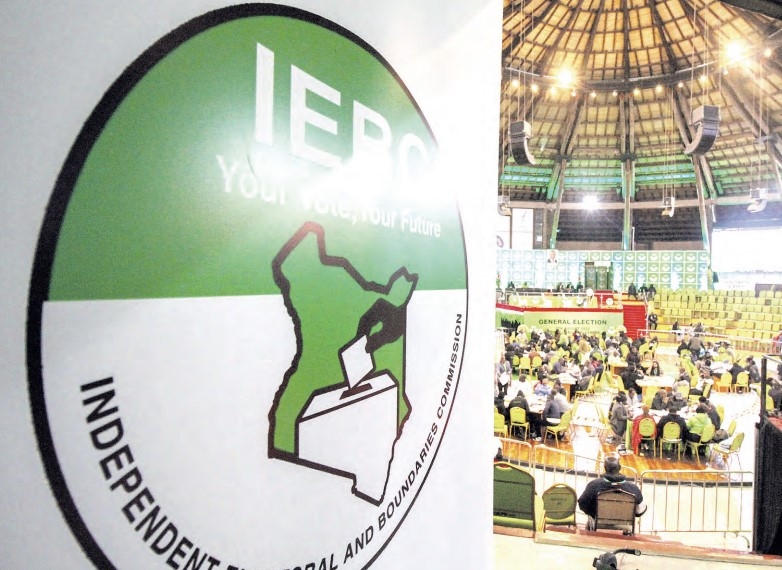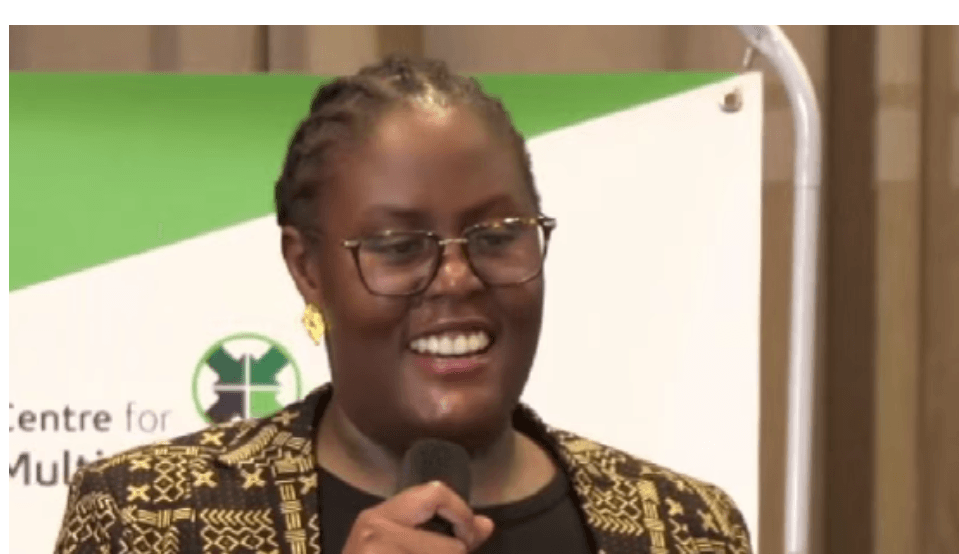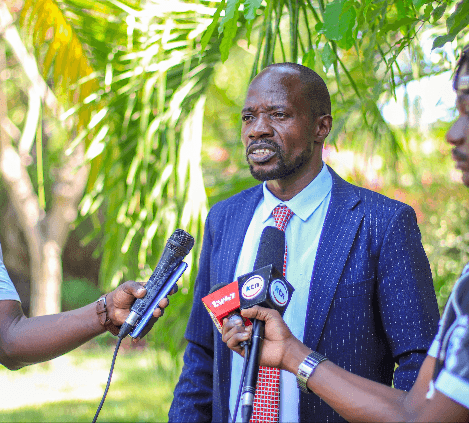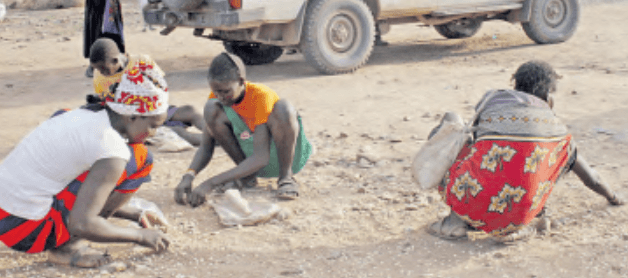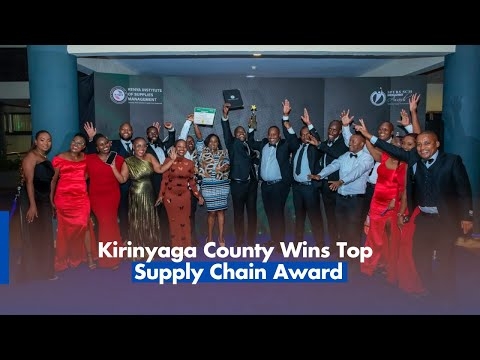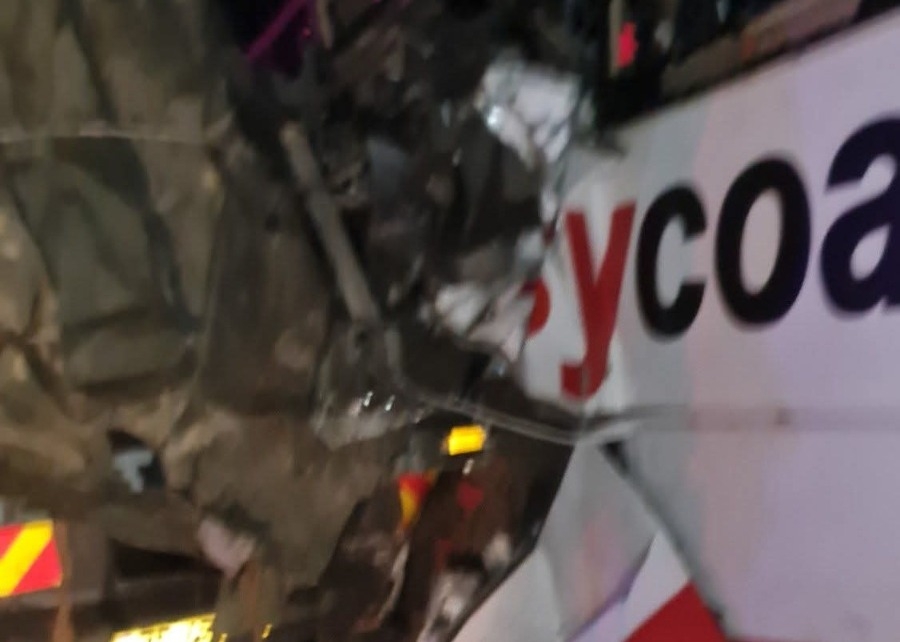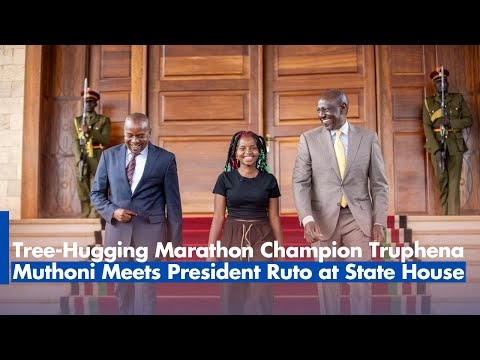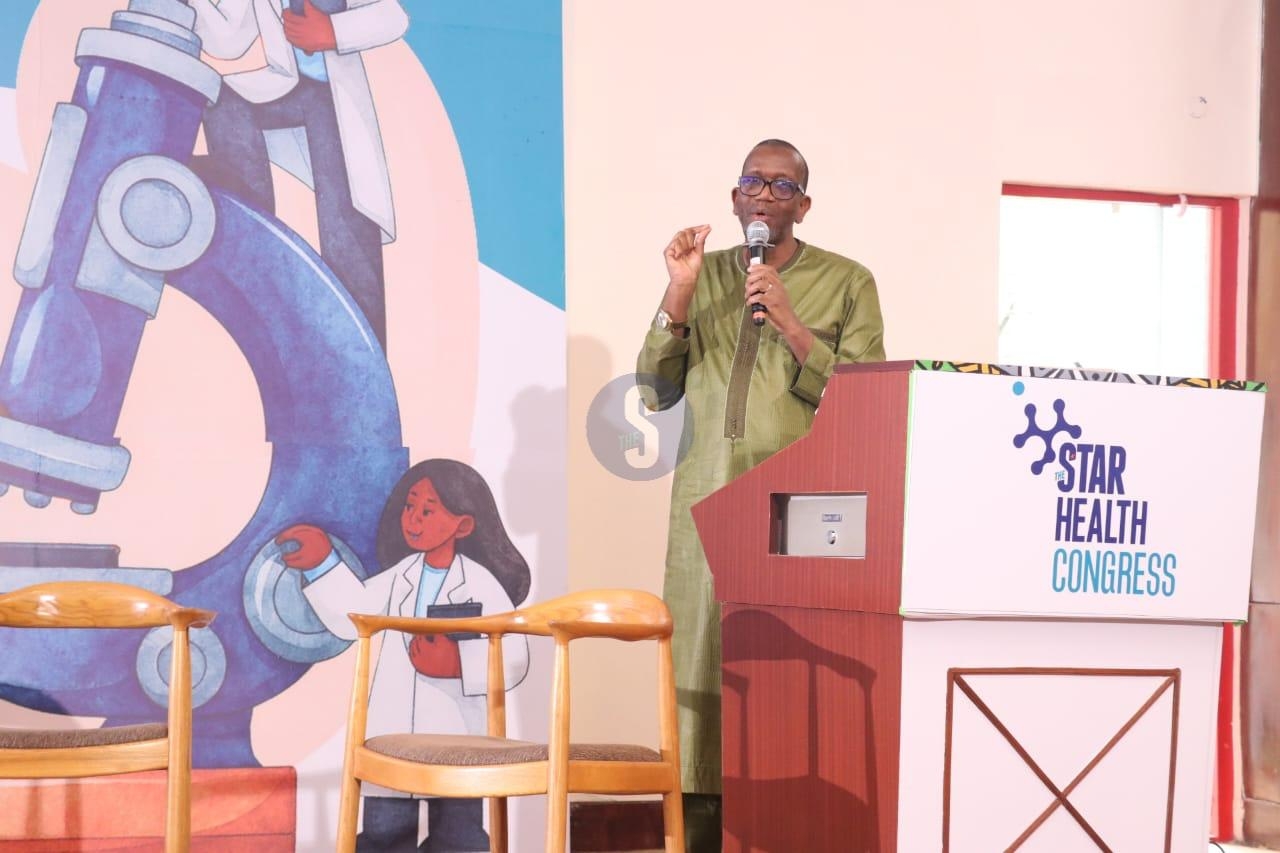
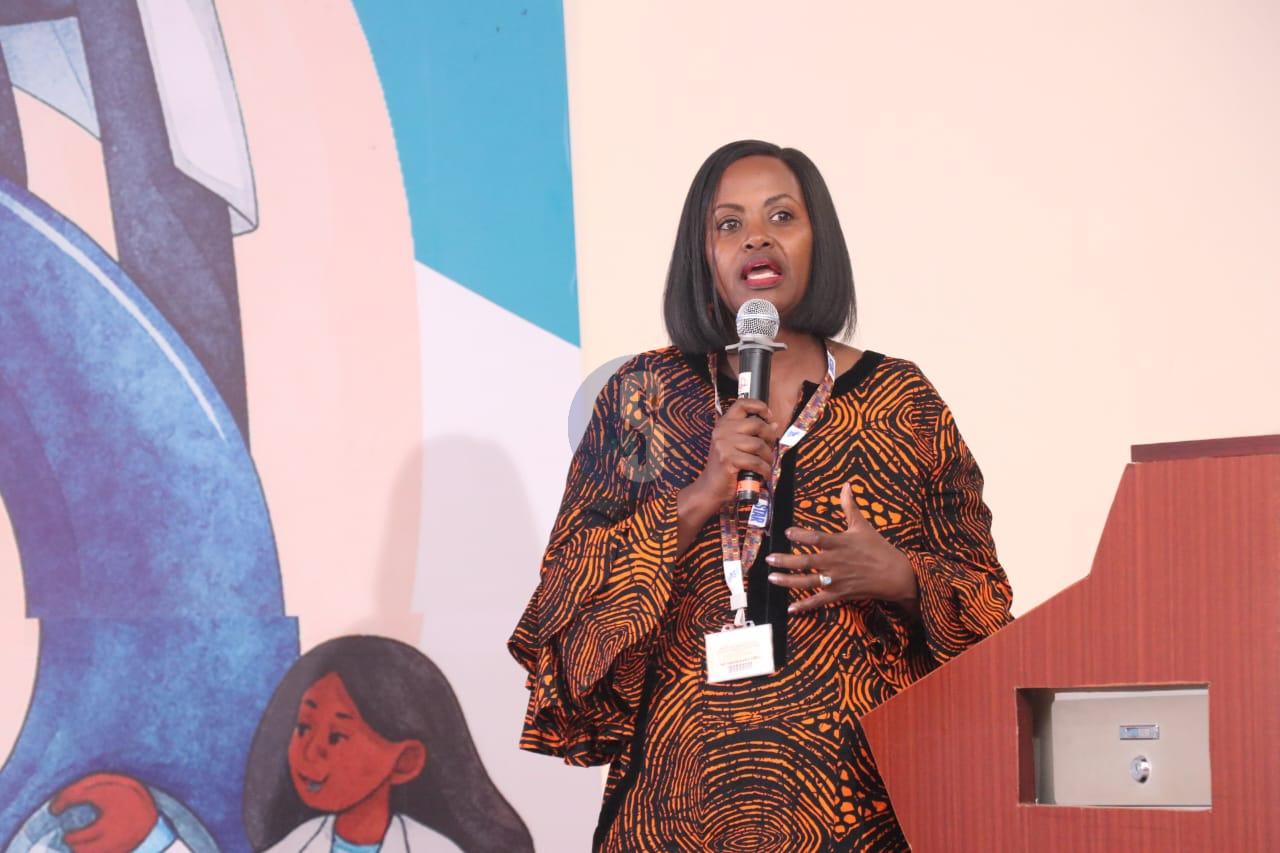
The scholars and practitioners said fear of misrepresentation, lack of
engagement, and poor understanding between both sides continue to undermine the
translation of research into everyday impact.
Senior researcher at AMPATH Dr. Violet Naanyu
said the mistrust stems largely from experiences where journalists have
distorted scientific findings.
“There was a time a story was published with so many mistakes, and I stopped
giving interviews,” Naanyu said. “From that time, I shied away from talking to
the media.”
She added that while scientists understand the need to communicate their
work to the public, the lack of accurate reporting discourages many researchers
from sharing findings before publication.
“In science, we are careful about sharing data before peer review, but that
does not mean journalists should be locked out,” she said.
“We just need more deliberate engagement, where media houses are involved
right from the beginning of a study, not at the end when results are being
disseminated.”
She spoke on Wednesday, during the inaugural National Science Research
Translation Congress held at the African Population and Health Research Center
(APHRC) campus in Nairobi.
Naanyu said AMPATH has already begun creating structures to bridge that gap
through its Knowledge Research Translation Core, a new unit
that ensures evidence from studies directly informs government policy and
public communication.
“We are building an infrastructure that ensures research does not die in
publications but informs practice in the Ministry of Health and county
governments,” she explained.
She added that involving journalists early would help scientists and the
media interpret findings jointly, ensuring accuracy and context before public
release.
“When the media is part of the project from the start, by the time we are
disseminating, we are talking to people who already understand the science,”
Naanyu said.
“That’s how we can make health information relevant to Wanjiku.”
Media and Communications lecturer at USIU–Africa Dr. Dorothy
Njoroge echoed the call, saying the lack of communication between
scientists and journalists often stems from misconceptions and insufficient
engagement.
“Scientists sometimes confuse professional journalism with gutter press,” Njoroge
said.
“They fear being misquoted or sensationalised, yet professional journalists
are actually interested in facts, accuracy and truth.”
She noted that researchers’ hesitation to speak to the press is compounded
by limited media literacy among scientists and limited science literacy among
journalists.
“If there is more engagement with professional journalists, scientists would
realise we are interested in facts and accuracy, not gossip,” she said.
“It can be a mutually beneficial relationship if there is trust.”
Njoroge said universities have a key role to play in strengthening that
relationship by training both future journalists and scientists to communicate
effectively.
“Journalism students must understand research processes and data analysis,”
she said.
“And scientists, on their part, should learn how to simplify their findings
into formats such as podcasts, blogs or community talks.”
She added that media schools like USIU are already introducing
interdisciplinary learning to prepare students for this evolving landscape.
“At USIU, students take general education courses, psychology, philosophy, and environmental science, which help them appreciate different fields,” she said. “
But they also need exposure to real science reporting, data science, and
evidence-based storytelling.”
Dr. Njoroge said universities should also facilitate more collaborations
between science departments and media units to co-produce simplified, accurate
content.
“For instance, our students can produce podcasts and radio features on
scientific research,” she said.
“But beyond university media, we must engage national media outlets on these
topics.”
Both experts agreed that events such as the Health and Science Congress
provide critical opportunities to rebuild trust.
“This congress is an important starting point,” Dr. Njoroge said.
“It’s a safe space for scientists and journalists to talk, exchange views,
and start to build the confidence needed for ongoing collaboration.”
Dr. Naanyu also emphasised that such partnerships can help the government
communicate health interventions better, especially in rural communities.
“Researchers, journalists, and the Ministry of Health should not be working
in silos,” she said.
“When all of us are part of the conversation, we can make sure our findings
reach people in a language they understand.”
The researchers noted that beyond training, consistent engagement will be
key to maintaining credibility and rebuilding public trust in both science and
journalism.
“Health information shapes behavior,” Dr. Njoroge said.
“It influences whether people get vaccinated, seek treatment, or believe in
prevention. That’s why it must be reported with both accuracy and empathy.”
The event, organized by the Star Newspaper, brought together academics,
media professionals, and health sector leaders to discuss how to strengthen
science communication in Kenya.
Participants agreed that effective collaboration between scientists and journalists could transform how evidence reaches the public, turning data into stories that save lives.


